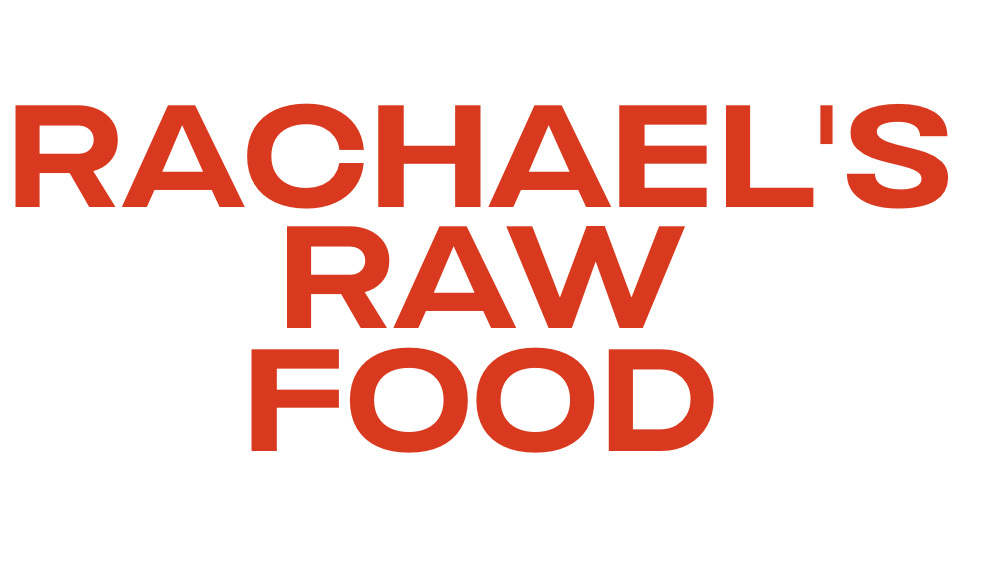Balancing a relationship when only one partner follows a raw diet means practicing honest communication and setting clear boundaries. Respect each other’s preferences and avoid pressure to conform, while also being open to sharing meals or ideas when comfortable. Keep an ongoing dialogue to guarantee mutual understanding and prevent conflicts. By staying flexible and respectful, you create a supportive environment for both of you. To discover practical tips for making this work, continue exploring more insights below.
Key Takeaways
- Maintain open, honest communication about dietary preferences and motivations to foster understanding.
- Respect each other’s boundaries by avoiding pressure and including input in meal planning.
- Prioritize emotional boundaries to prevent conflicts and support mutual respect.
- Regularly revisit conversations as needs evolve to adapt and sustain relationship harmony.
- Critically evaluate online dietary information together to make informed, shared decisions.

Have you ever wondered how couples navigate the delicate balance when only one partner follows a raw diet? It’s a situation that can create tension, but with open consent communication, you can find a way to make it work. The key lies in respecting each other’s choices while maintaining emotional boundaries that foster understanding. When you’re committed to a raw diet, it’s natural to want your partner to share your lifestyle, but pressuring them can backfire. Instead, approach conversations about your dietary preferences with clarity and patience, making space for honest dialogue. Clearly communicate what your raw diet means to you and listen to their perspectives without judgment. This helps establish mutual respect and ensures both of you feel heard.
Consent communication plays an essential role here. It’s not just about explaining your needs but actively seeking your partner’s comfort level. For example, if you’re preparing raw foods at home, involve your partner in the process if they’re interested, or find ways to accommodate their preferences. Respect their boundaries—if they’re hesitant to try raw meals, don’t force the issue. Instead, discuss options that allow both of you to enjoy meals together without compromising your dietary choices. This approach keeps the relationship flexible and avoids resentment.
Emotional boundaries are just as important as physical boundaries in this situation. You might want your partner to understand why you follow a raw diet, but it’s essential to avoid making it a source of conflict. Set clear boundaries around how much you share about your dietary reasons and how you handle disagreements. For instance, if your partner doesn’t want to discuss certain aspects of your diet, respect that and find other ways to connect emotionally. Likewise, protect your own emotional well-being by not taking their hesitations personally.
Balancing your raw diet with your partner’s preferences requires ongoing effort and openness. Keep the lines of consent communication open, and be willing to revisit conversations as needed. Remember, it’s about creating a partnership where both of you feel valued and understood. By respecting emotional boundaries, you can foster a supportive environment where differences don’t become divisions. When you prioritize honest dialogue and mutual respect, you’re more likely to find harmony. This isn’t about one person changing for the other; it’s about finding a shared rhythm that honors both your dietary choices and your relationship. With patience and understanding, couples can navigate this balancing act successfully, turning potential challenges into opportunities for growth. Additionally, being aware of the importance of digital literacy and critical thinking skills can help both partners navigate social influences or misinformation about dietary choices in today’s digital age.
Frequently Asked Questions
How Can I Introduce Raw Food to My Cooked Partner?
You can start by meal prepping small raw dishes alongside cooked meals, making flavor blending easy and appealing. Introduce raw foods gradually, perhaps as side salads or snacks, so your partner can get accustomed to the textures and flavors. Use fresh herbs and dressings to enhance taste, and involve them in the prep process. This slow, collaborative approach helps build comfort and curiosity without overwhelming them.
What Are Common Challenges Faced by Raw-Food Couples?
Imagine steering a river with two different currents—one flows raw, the other cooked. You might face challenges like cultural differences shaping your food choices, making it hard to find a shared rhythm. Cooking habits can clash, creating tension like conflicting waves. Open communication and patience act as your paddle, helping you steer smoothly through these differences, turning potential obstacles into opportunities for connection and growth.
How Do I Handle Social Situations Involving Cooked Foods?
When handling social situations with cooked foods, you can focus on maintaining respect for cultural traditions and food presentation. Politely explain your preference for raw foods, emphasizing your health choices without criticizing others’ options. Bring your own dishes if possible, or suggest sharing raw snacks. Stay confident and positive, showing appreciation for the effort behind cooked meals, while gently steering conversations toward your raw-food lifestyle.
Are There Health Risks for One Partner Being Predominantly Raw?
Imagine you’re worried about health risks when one partner mainly eats raw foods. You might face nutritional gaps if cooked foods supply essential nutrients like B12 or iron. Digestive concerns could also arise if the raw diet isn’t balanced. While many thrive on raw diets, it’s important to monitor nutrient intake and consult a healthcare provider to minimize risks and guarantee both partners stay healthy and energized.
How Can We Maintain a Balanced Diet Together?
To maintain a balanced diet together, start with meal planning that includes a variety of foods both of you enjoy. Incorporate plenty of fruits, vegetables, and whole grains, and consider shared cooking sessions to bond and support each other emotionally. This approach helps guarantee nutritional needs are met while fostering teamwork and understanding. By staying flexible and open, you create a supportive environment that promotes both health and emotional well-being.
Conclusion
Remember, steering this delicate dance requires patience and understanding. When you gently nurture the connection, even if only one partner feels truly raw, you create a space where trust can softly blossom. With a tender touch and open heart, you can help soothe the more vulnerable side, allowing healing to find its way. Sometimes, it’s about tending to the quiet corners of each other’s souls, until harmony quietly settles in, like dawn breaking softly after a long night.










